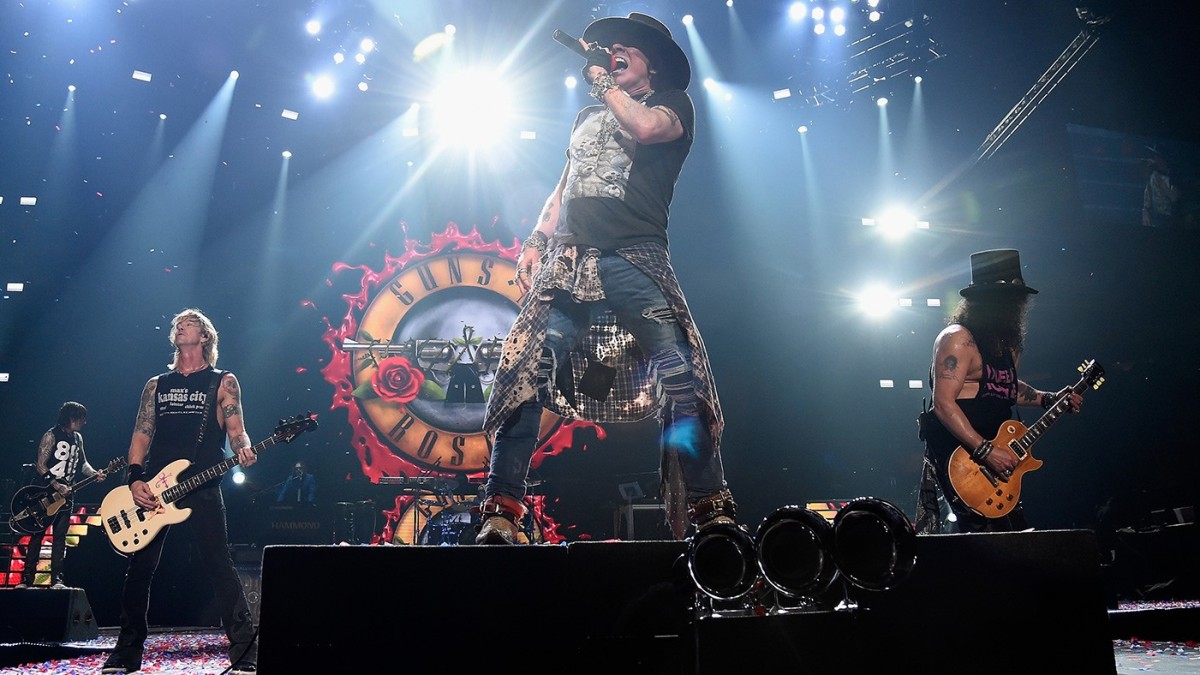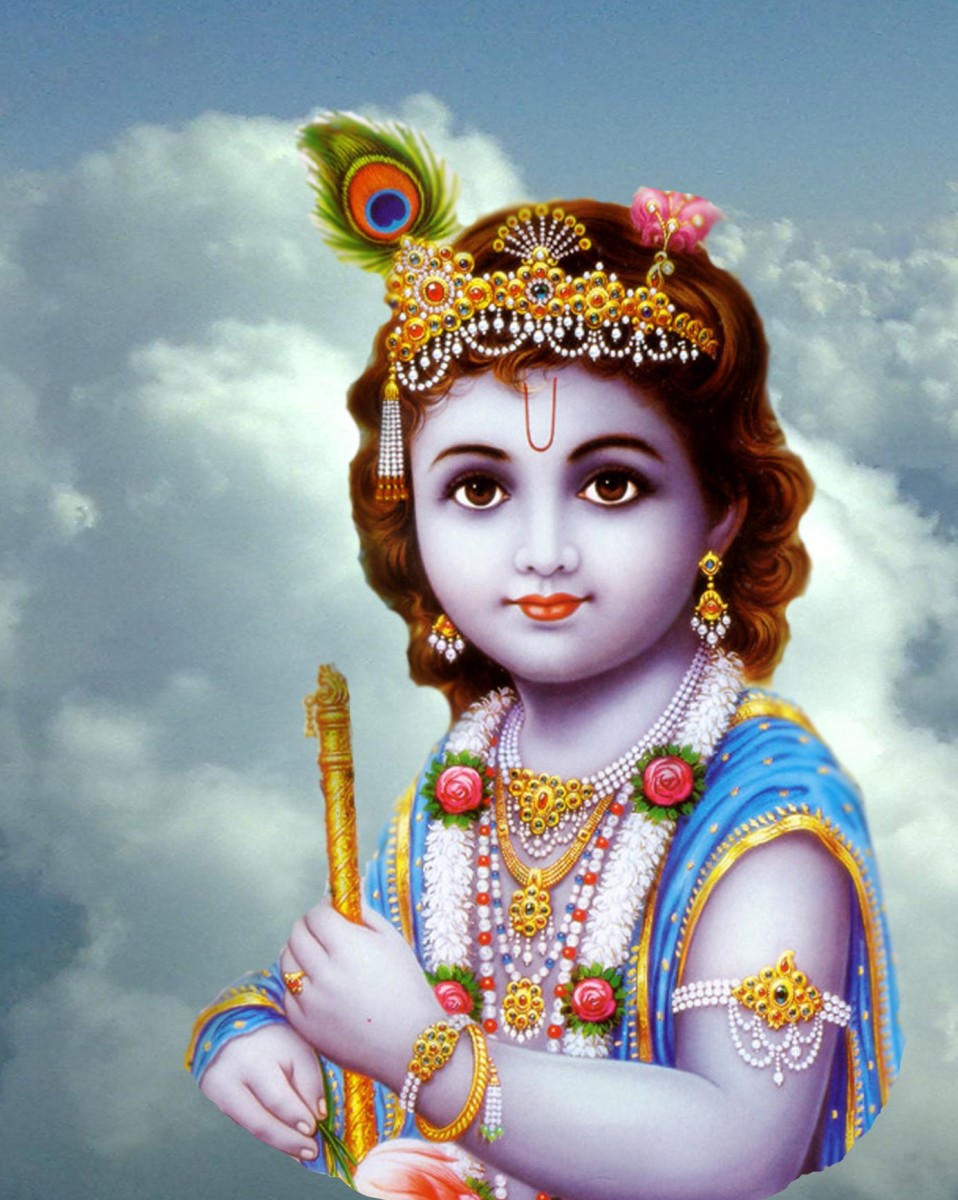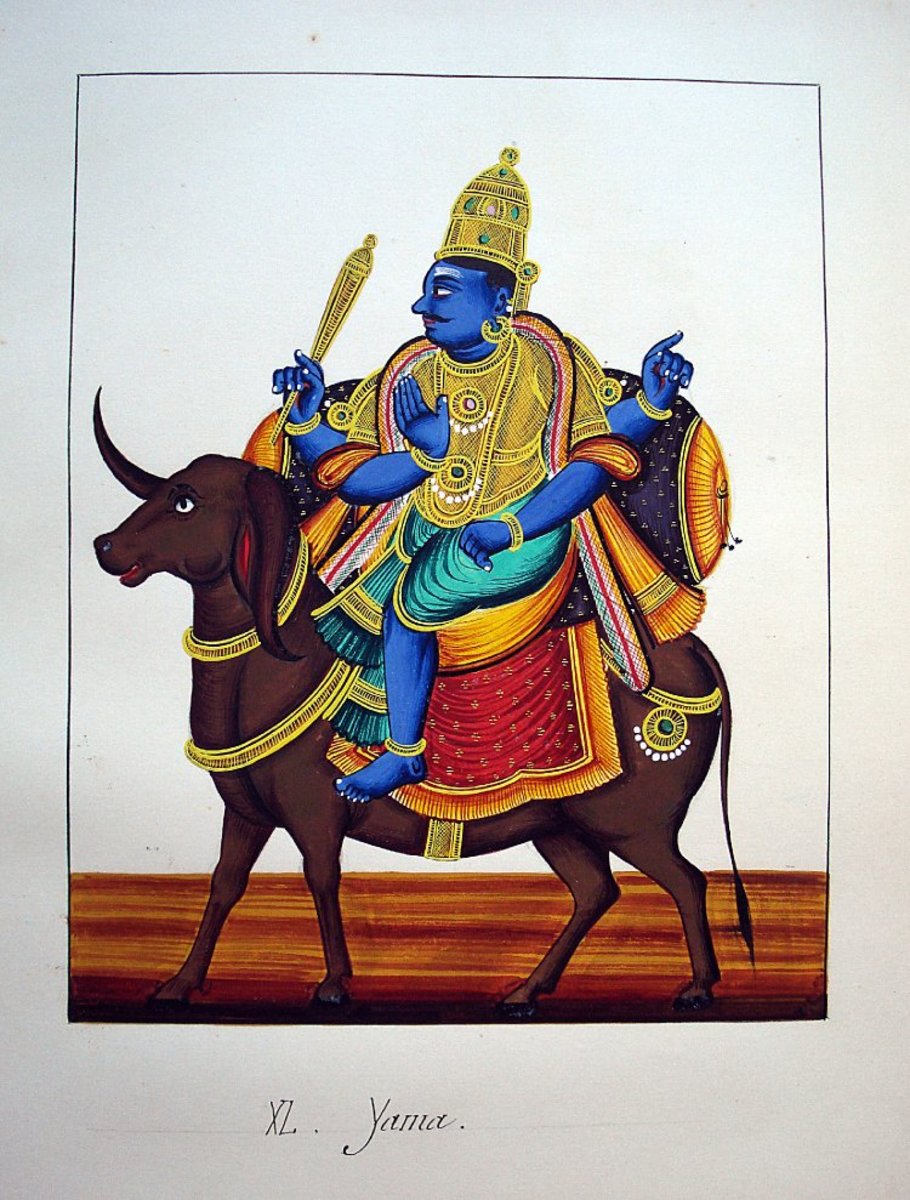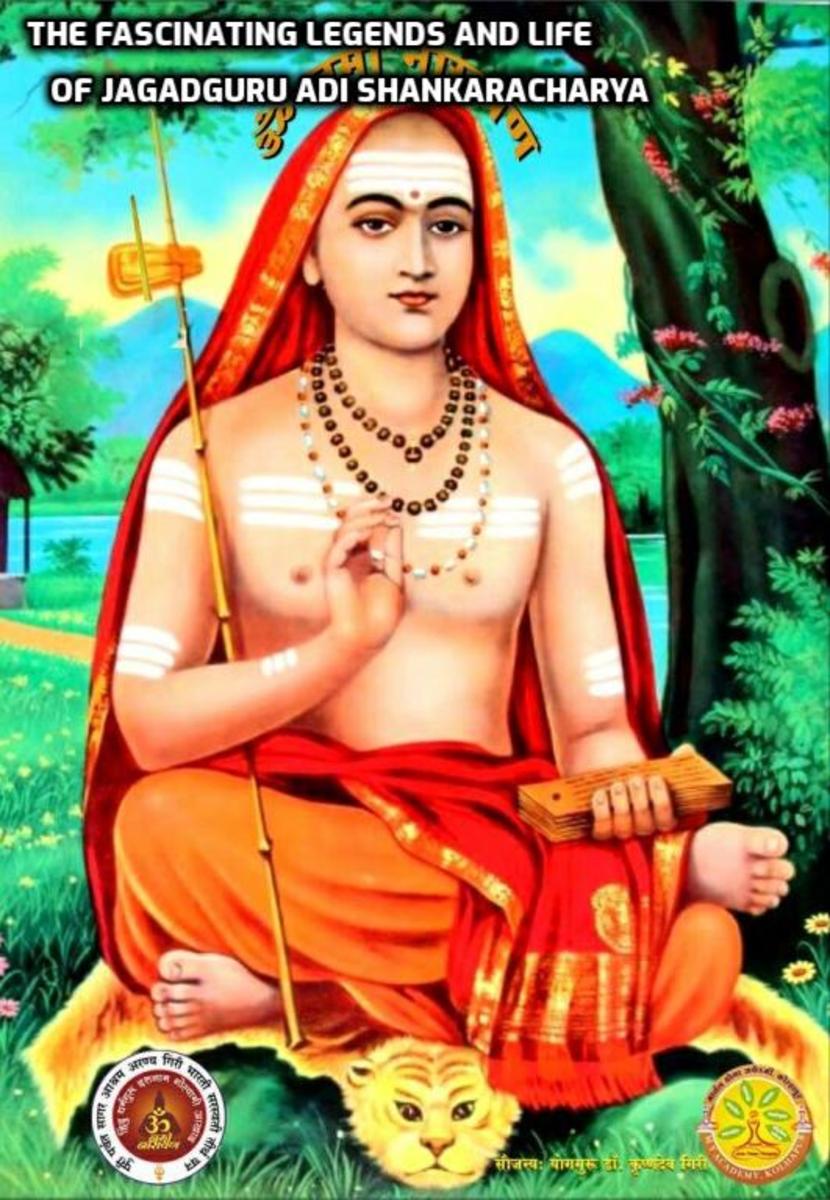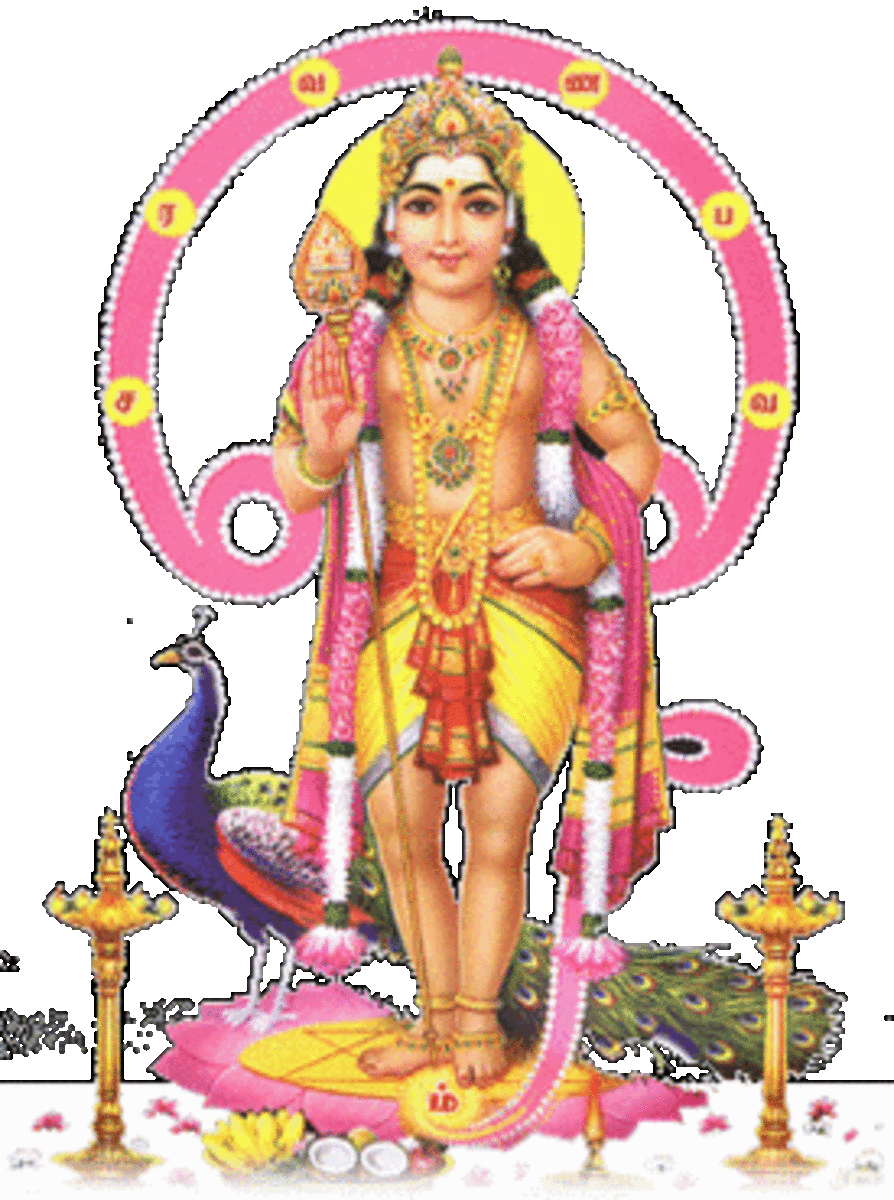What Are the Sixteen Rites in Hindu Culture
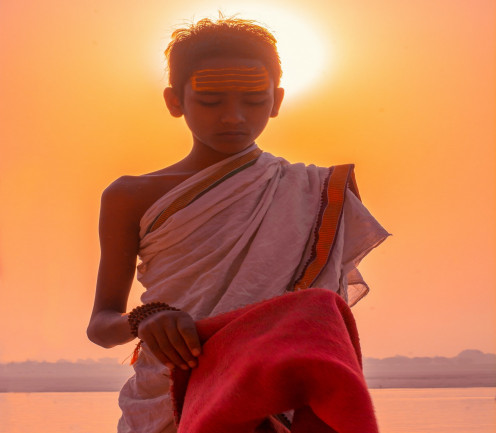
What are the Sixteen Rites in Hindu Culture?
Rites are given special attention in Hindu culture. Sixteen rites are of importance at the beginning of a person's life. These rituals begin with the person starting his life.
What Are Rites
These rites have special significance in Indian culture from the beginning of one's life to death. These rites are associated with the life of a person from the beginning of his life. These are sixteen rites. In Indian culture, they are known as sixteen sacraments. Where we will discuss sixteen rites found in Indian culture.
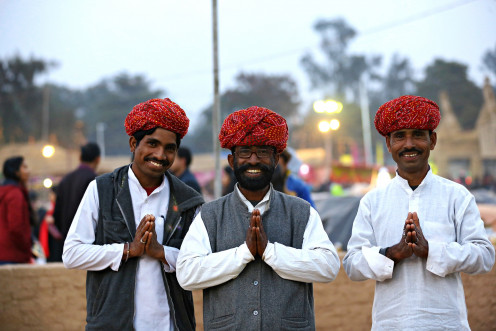
The Names of Sixteen Rites in Hindu Culture
- Garbhadhan
- Punsvan
- Simtonnayan
- Jaatkaram
- Naamkaran
- Nishkarman
- Annprashan
- Chudakaram
- Karnvedh
- Vidhyarambh
- Upanayana
- Vedarambh
- Keshant
- Shamavartan
- Vivah Sankar / Wedding Rites
- Antyesti / Death rites
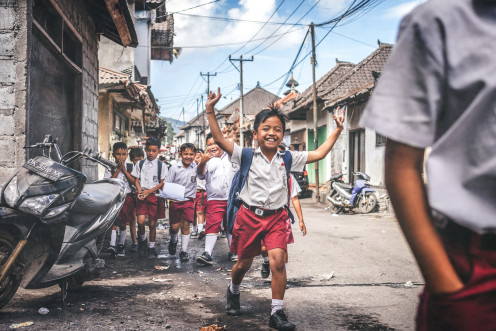
Detail of Rixteen Rites
Garbhadhan - In Hinduism, religious ceremonies performed before the birth of a child are known as conception rites.
Punsvan - In Hindu culture, the rite is performed to give the child a son form.
Simtonnayan - Sacrament to protect the pregnant woman from annoying powers.
Jaatkaram - Happiness celebrated on the birth of a child. Which includes sharing sweets at home etc.
Naamkaran - Naming the child after the birth of the child is called a Naam Karan rites.
Nishkarman - Getting the child to see the moon or the sun six months after birth.
Annprashan - Feeding the baby for the first time after six.
Chudakaram - Cutting the hair of her head for the first time after three years of a child is also known as Chudakaram or Jadula.
Karnvedh - To pierce his ear after the birth of a child. This rite is performed six months after the birth of the child.
Vidhyarambh - The rites performed before sending the child to the gurukul.
Upanayana - Taking a child to the Guru for education. It is also called Yajnopavit Sanskar.
Vedarambh - In this, education related to religion is given. Like the education of Ved Upanishad etc.
Keshant - At the age of sixteen, a brahmachari has to get a haircut. This rite is currently less prevalent.
Shamavartan - This rite is performed when a child returns to his home after receiving an education. In this, a guru was given Guru Dakshina in return for earning an education in the old times.
Vivah Sankar / Marriage Rite - This ritual comes in the life of every person when the person marries he settles down. this rite is commonly found in all religions.
Antyesti / Death rite - The rites performed after the death of a person is called his Antyesti / Death rite rites. the person who dies is then cremated by their family members.
Summary
This information is based on the personal views of the author, which is true and true, this information is related to our religion. The words used in it are mainly related to Indian culture which cannot be used in other languages, so they are presented in this language.
This content is accurate and true to the best of the author’s knowledge and is not meant to substitute for formal and individualized advice from a qualified professional.
© 2020 CHATRA RAM

